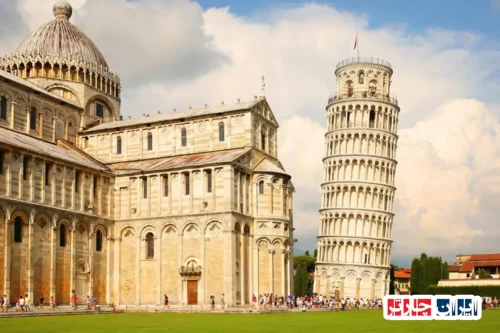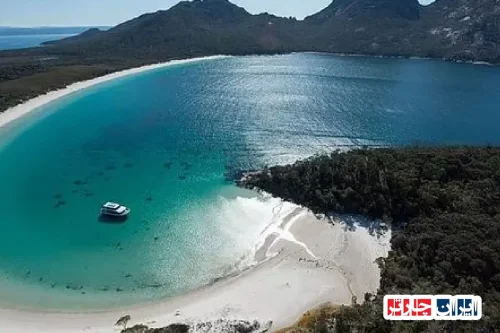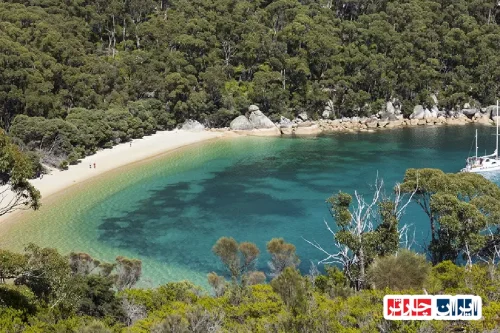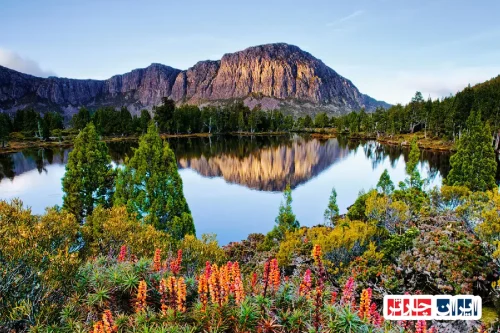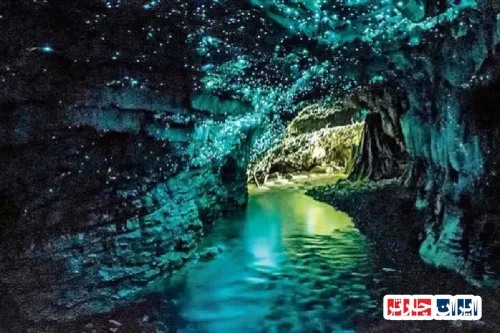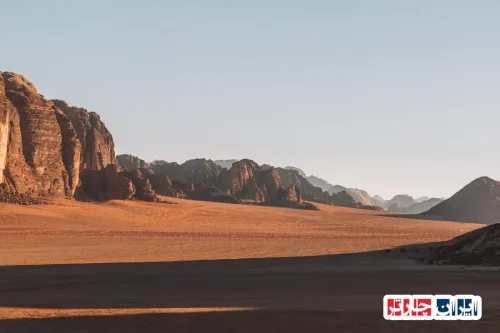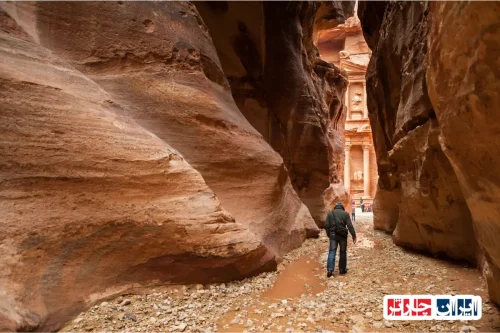Discover the Natural Beauty and Rich History of Maria Island National Park Tasmania Australia
Maria Island National Park Tasmania Australia stands out as a pristine sanctuary offering breathtaking landscapes, diverse wildlife, and fascinating historical sites. Located off the east coast of Tasmania, this protected area is renowned for its rugged mountains, pristine beaches, and vibrant ecosystems that attract nature lovers and adventure seekers alike. Visitors can explore extensive walking trails, observe rare species such as wombats and Tasmanian devils, and immerse themselves in the island’s rich cultural heritage, which includes remnants of its past as a penal colony. The park’s unique combination of natural wonders and historical significance makes it a must-visit destination for those seeking an authentic Australian wilderness experience. Whether you’re interested in hiking, wildlife photography, or learning about Tasmania’s indigenous and colonial history, Maria Island National Park Tasmania Australia offers an unforgettable journey into the heart of Tasmania’s unspoiled environment. To plan your trip, consider taking a ferry from Triabunna, which provides access to this extraordinary island, where you can enjoy activities like camping, kayaking, and guided tours that highlight the park’s ecological and cultural treasures. Experience the magic of Maria Island National Park Tasmania Australia and discover why it’s considered one of Australia’s most remarkable natural reserves.
Maria Island National Park-Iran Charter
Maria Island National Park-Iran Charter
Maria Island National Park-Iran Charter
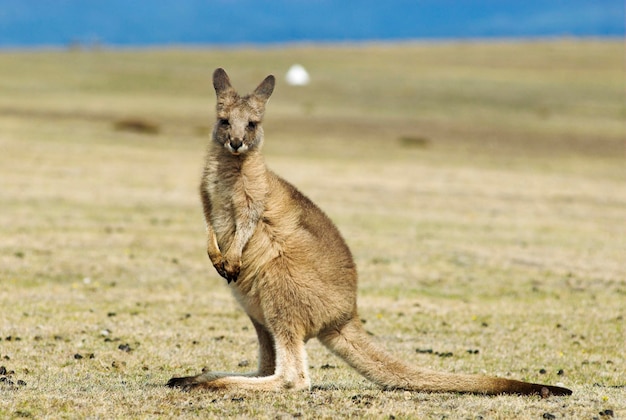
Discover the Natural Beauty and Unique Ecosystems of Maria Island National Park Tasmania Australia
Maria Island National Park Tasmania Australia is a pristine wilderness area renowned for its breathtaking landscapes, diverse wildlife, and rich history. Visitors can explore towering cliffs, lush forests, and expansive beaches that create a perfect setting for outdoor adventures. The park’s untouched environment offers a rare opportunity to connect with nature and witness the beauty of Tasmania’s unique ecosystems. Whether you’re interested in hiking, wildlife observation, or simply relaxing amidst stunning scenery, Maria Island provides an unforgettable experience for all nature lovers.
Historical Significance and Cultural Heritage of Maria Island Tasmania Australia
Maria Island Tasmania Australia boasts a fascinating history that dates back centuries. Once used as a penal colony in the 19th century, the island features well-preserved ruins and historic sites that tell stories of its past. The cultural heritage includes old convict buildings, churches, and industrial remnants, offering insight into Tasmania’s colonial era. Preserving these historical landmarks is vital for understanding the island’s role in Australia’s development, making it a must-visit destination for history enthusiasts and cultural explorers alike.
Top Natural Attractions and Scenic Spots in Maria Island Tasmania Australia
The island is famous for its spectacular natural attractions, including dramatic mountain ranges, secluded bays, and vibrant coastal cliffs. Popular spots such as Painted Cliffs, Fossil Cliffs, and Mount Maria provide stunning vistas and excellent opportunities for photography. The diverse landscapes support a wide variety of flora and fauna, making each visit a unique adventure. Exploring these scenic locations allows visitors to immerse themselves in the island’s pristine environment and enjoy breathtaking views at every turn.
Marine Life and Underwater Wonders of Maria Island Tasmania Australia
The waters surrounding Maria Island Tasmania Australia are teeming with vibrant marine life, making it a paradise for snorkelers and divers. Underwater ecosystems include colorful coral reefs, kelp forests, and an array of fish species. The area is also a habitat for marine mammals such as dolphins and whales, which can often be spotted during seasonal migrations. Protecting these underwater habitats is essential for maintaining biodiversity and ensuring future generations can enjoy the richness of Tasmania’s marine environment.
Practical Guide: How to Access and Make the Most of Your Visit to Maria Island Tasmania Australia
Getting to Maria Island Tasmania Australia typically involves a scenic ferry ride from Triabunna or Orford, which takes approximately 45 minutes. Once on the island, visitors can explore via walking trails, bike rentals, or guided tours. It’s recommended to plan ahead by booking accommodations or camping sites, and packing essentials such as water, sun protection, and suitable clothing. The park offers various activities including hiking, wildlife watching, and photography, ensuring a memorable trip tailored to different interests and fitness levels.
Hidden Gems and Lesser-Known Spots in Maria Island Tasmania Australia
Secluded Beaches and Hidden Bays
Beyond the popular beaches, Maria Island features quiet coves and secret beaches that provide peaceful retreats away from crowds. These secluded spots are perfect for relaxing, picnicking, or snorkeling in calm waters. Exploring these hidden areas offers a sense of adventure and a chance to experience the island’s untouched beauty in solitude.
Historic Ruins and Off-the-Beaten-Path Sites
Discover lesser-known historical sites such as old industrial ruins, abandoned buildings, and remote chapels. These sites reveal the island’s diverse past and provide intriguing locations for exploration and photography. Venturing off the main trails to these hidden landmarks enriches your understanding of Maria Island’s cultural legacy.
Remote Trails and Scenic Walks
For avid hikers, lesser-trodden paths lead to spectacular viewpoints and untouched wilderness. These trails often pass through dense forests, rugged cliffs, and panoramic overlooks, offering a sense of discovery and adventure. Exploring these routes allows visitors to experience the island’s natural diversity away from crowded areas.
Conservation Efforts and the Role of Maria Island Tasmania Australia in Protecting Endangered Species
Maria Island Tasmania Australia plays a crucial role in conserving endangered and native species. The park provides a protected habitat for species such as the Tasmanian pademelon, swift parrot, and various seabirds. Conservation programs focus on habitat restoration, species monitoring, and invasive species control to ensure the survival of these vulnerable populations. Supporting these efforts helps maintain Tasmania’s biodiversity and ecological health for future generations.
Educational initiatives and visitor awareness campaigns are also vital components of conservation. By promoting responsible tourism and environmental stewardship, Maria Island ensures that its natural and cultural treasures are preserved while allowing visitors to enjoy their beauty responsibly.
Protecting the marine environment surrounding the island is equally important, with marine parks and regulations in place to safeguard underwater ecosystems from overfishing and pollution. These combined efforts contribute to the sustainability of Tasmania’s unique natural heritage.
Historical and Cultural Insights: Indigenous Heritage and Colonial Past of Maria Island Tasmania Australia
The island holds a deep cultural significance for the indigenous Palawa people, who have inhabited Tasmania for thousands of years. Archaeological sites and artifacts indicate long-standing connections to the land, with traditional practices and stories linked to the island’s landscape. Respecting and preserving this heritage is essential for honoring the indigenous history of the region.
During the colonial period, Maria Island was transformed into a penal settlement, with convict labor shaping much of its infrastructure. The remnants of prisons, workshops, and churches serve as tangible links to this era. Educational programs and guided tours help visitors understand the complex history of colonization and its impact on Tasmania’s development.
Today, efforts are underway to recognize and celebrate both indigenous and colonial histories, fostering a deeper appreciation of the island’s diverse cultural legacy and its importance in Australia’s national story.
Exciting Activities and Adventures for All Ages on Maria Island Tasmania Australia
Hiking and Mountain Climbing
Numerous trails cater to different skill levels, from leisurely walks to challenging hikes up Mount Maria. These routes offer spectacular views, wildlife encounters, and a chance to experience the island’s diverse terrains. Guided hikes provide insights into local flora, fauna, and geology, making the activity both fun and educational.
Cycling and Group Tours
Bike rentals are available for exploring the island’s scenic paths and remote areas. Group tours led by experienced guides offer a comprehensive understanding of the natural and cultural features of Maria Island. Cycling is an eco-friendly way to cover more ground and enjoy the island’s landscapes at your own pace.
Snorkeling and Marine Exploration
The surrounding waters are ideal for snorkeling, with vibrant coral reefs and abundant marine life. Equipment rentals and guided underwater tours allow visitors to discover the colorful world beneath the surface. This activity is suitable for families and adventure seekers alike, providing memorable experiences in Tasmania’s underwater environment.
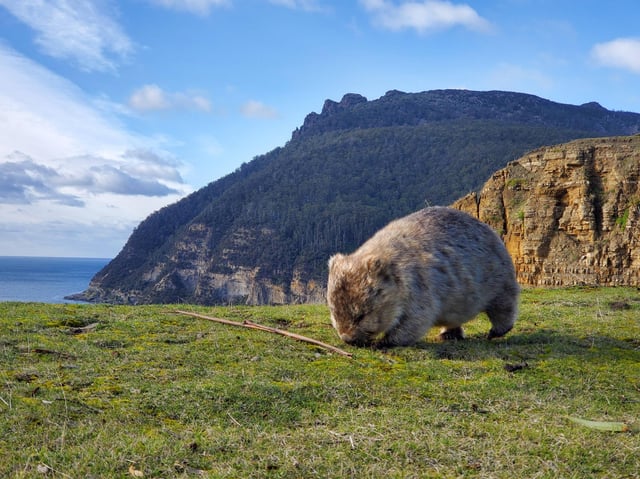
Frequently Asked Questions about Maria Island National Park Tasmania Australia
- What makes Maria Island a unique natural destination?
- Maria Island is renowned for its pristine wilderness, dramatic landscapes, diverse wildlife, and well-preserved historical sites. Visitors can enjoy towering cliffs, lush forests, and expansive beaches, offering a perfect setting for outdoor adventures and connecting with nature in an untouched environment.
- How can I access Maria Island from Tasmania?
- The most common way to reach Maria Island is by ferry from Triabunna or Orford, which takes approximately 45 minutes. Once on the island, visitors can explore via walking trails, bike rentals, or guided tours.
- What are the main natural attractions on Maria Island?
- Key natural attractions include Painted Cliffs, Fossil Cliffs, Mount Maria, and the island’s rugged mountain ranges and secluded bays. These sites offer stunning vistas and excellent opportunities for photography and sightseeing.
- Is Maria Island suitable for wildlife observation?
- Absolutely. The island is home to diverse species such as Tasmanian pademelons, Forester kangaroos, and various seabirds. Marine life like dolphins and whales can also be spotted during seasonal migrations, making it a paradise for wildlife enthusiasts.
- What activities can visitors enjoy on Maria Island?
- Visitors can indulge in hiking, mountain climbing, cycling, snorkeling, and marine exploration. The island offers trails for all fitness levels, guided tours, and opportunities to observe wildlife and enjoy scenic views.
- Are there accommodations available on the island?
- Yes, there are camping sites and some basic accommodations. It’s recommended to book in advance and prepare with essentials like water, sun protection, and suitable clothing for outdoor activities.
- What is the historical significance of Maria Island?
- Maria Island has a rich history as a penal colony in the 19th century. Visitors can explore well-preserved ruins, convict buildings, churches, and industrial remnants that tell stories of its colonial past and its role in Australia’s development.
- How does Maria Island contribute to conservation efforts?
- The park plays a vital role in protecting endangered species such as the Tasmanian pademelon and the swift parrot. Conservation programs focus on habitat restoration, species monitoring, and controlling invasive species to preserve Tasmania’s biodiversity.
- What indigenous heritage is associated with Maria Island?
- The island holds cultural significance for the Palawa people, the indigenous inhabitants of Tasmania. Archaeological sites and artifacts reflect long-standing connections, and respecting this heritage is essential for honoring their history.
- What are some lesser-known spots worth exploring on Maria Island?
- Hidden beaches, secluded bays, remote trails, and off-the-beaten-path ruins offer peaceful retreats and unique exploration opportunities away from crowded areas, providing a more intimate experience of the island’s natural beauty.
- Are guided tours available on Maria Island?
- Yes, guided tours led by experienced guides are available, offering insights into the island’s natural features, history, and wildlife. They are suitable for all ages and help visitors make the most of their trip.
- What should I pack for a visit to Maria Island?
- Essentials include water, sun protection, comfortable walking shoes, weather-appropriate clothing, camera, and any personal items needed for outdoor activities. Planning ahead ensures a safe and enjoyable experience.
- Is it suitable for families and children?
- Yes, many trails and activities are family-friendly. The island offers safe environments for children to explore nature, observe wildlife, and learn about history through guided tours and educational programs.
- What is the best time of year to visit Maria Island?
- The best time to visit is during Tasmania’s mild seasons, spring and summer, when weather conditions are favorable for outdoor activities and wildlife viewing. Spring also offers the chance to see wildflowers in bloom.
- How does Maria Island support sustainable tourism?
- The island promotes responsible tourism through conservation initiatives, eco-friendly facilities, and educational programs. Visitors are encouraged to respect the environment, follow guidelines, and minimize their ecological footprint.



